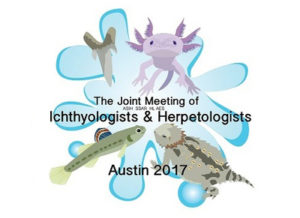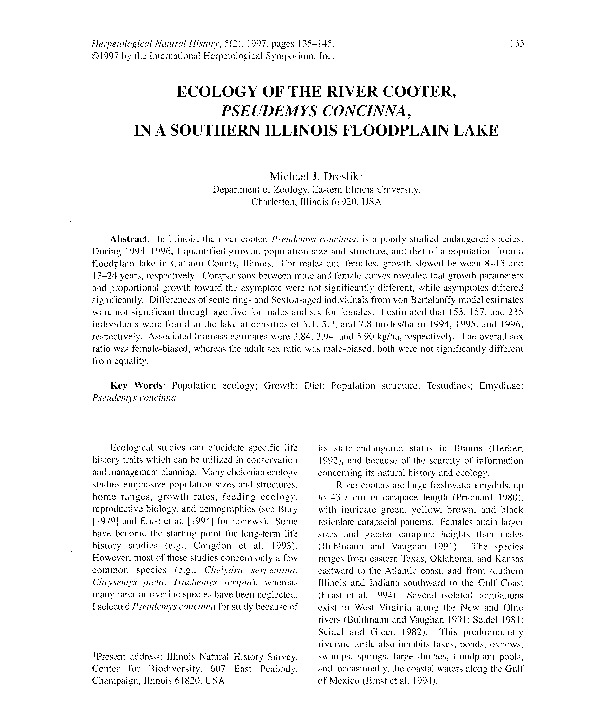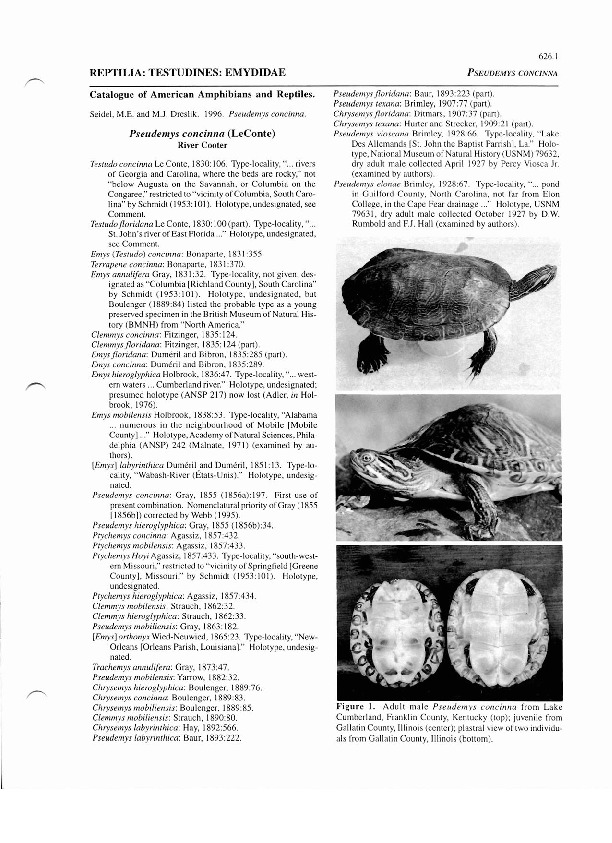
Michael J. Dreslik and Sarah J. Baker recently attended and presented at the Biology of the Snakes Conference. The conference was held in Rodeo New Mexico from July 26th - 29th.
Baker, S. J., M. J. Dreslik, C. A. Phillips, and M. C. Allender. Impact of snake fungal disease on population viability. Poster Presentation.
Dreslik, M. J., J. A. Crawford, S. J. Baker, W. E. Peterman, and C. A. Phillips. Detection probability and capture yield of an imperiled species. Oral Presentation.
Dreslik, M. J., C. E. Petersen, S. M. Goetz, J. D. Kleopfer, and A. H. Savitzky.Factors affecting the movements of Timber Rattlesnakes (Crotalus horridus) from the mid-Atlantic coastal plain. Poster presentation.
Dreslik, M. J., C. E. Petersen, S. M. Goetz, J. D. Kleopfer, and A. H. Savitzky. Spatial ecology of the Timber Rattlesnake (Crotalus horridus) from the mid-Atlantic coastal plain. Oral Presentation.




